Pretoria’s Javett Arts Centre takes its cues from the local culture and landscape
The University of Pretoria in South Africa gets new art centre, Javett UP, courtesy of Matthews + Associates Architects
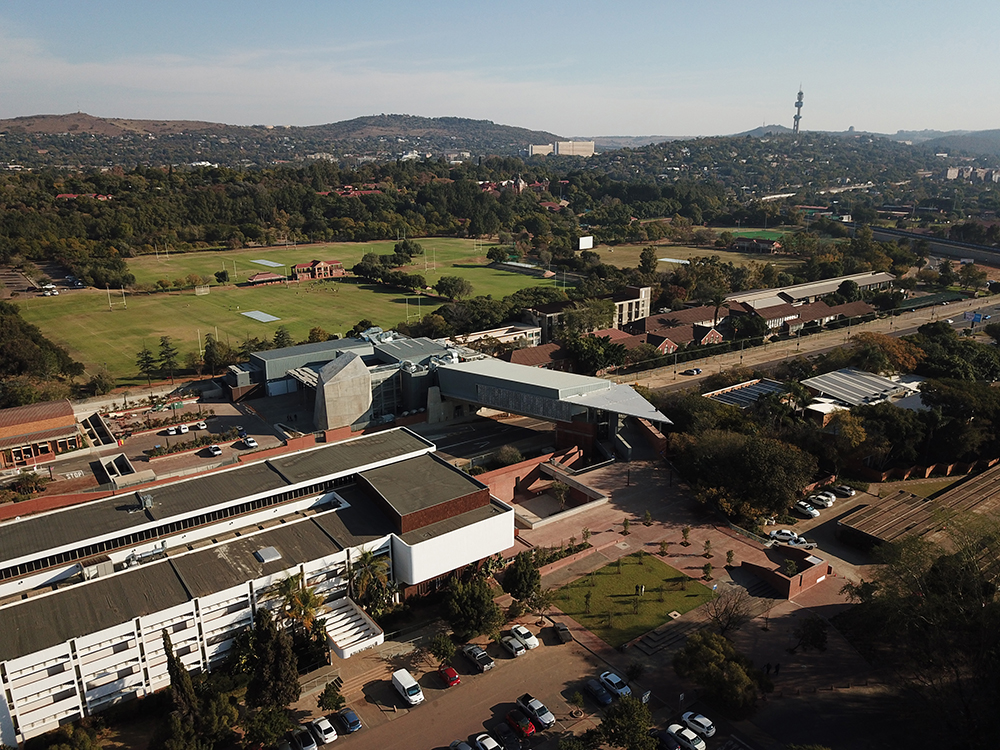
As creative rivalries go, the contest between Cape Town and two geographically proximate northern cities, Johannesburg and Pretoria, probably constitutes a footnote in any primer on global design. Still, local history does matter in appreciating the Javett Arts Centre at the University of Pretoria (Javett UP), a 4500 sq m art museum in South Africa’s socially dour but architecturally daring administrative capital.
While not explicitly pitched as such, Javett UP reads as a northern riposte to two attention-grabbing private art museums in Cape Town: the Thomas Heatherwick-designed Zeitz MOCAA and Norval Foundation by dhk Architects. Designed by Pieter J. Mathews, of local practice Mathews + Associates Architects, Javett UP straddles a busy arterial road slicing through a university known for its boldly modernist architecture.
Highlights include two fine examples of Pretoria Regionalism: Karel Jooste’s Aula and Brian Sandrock’s Musaion and Amphitheatre complex, Brazilian-inspired arts buildings from 1958. Like Jooste and Sandrock, Mathews is also a graduate of the University of Pretoria. ‘I am very aware of the heritage and history of the campus, but I am not daunted by it,' says Mathews, whose previous projects include a steel-framed sports pavilion with a dramatically extending roof for a nearby girls’ high school. This is the architect’s first museum project.
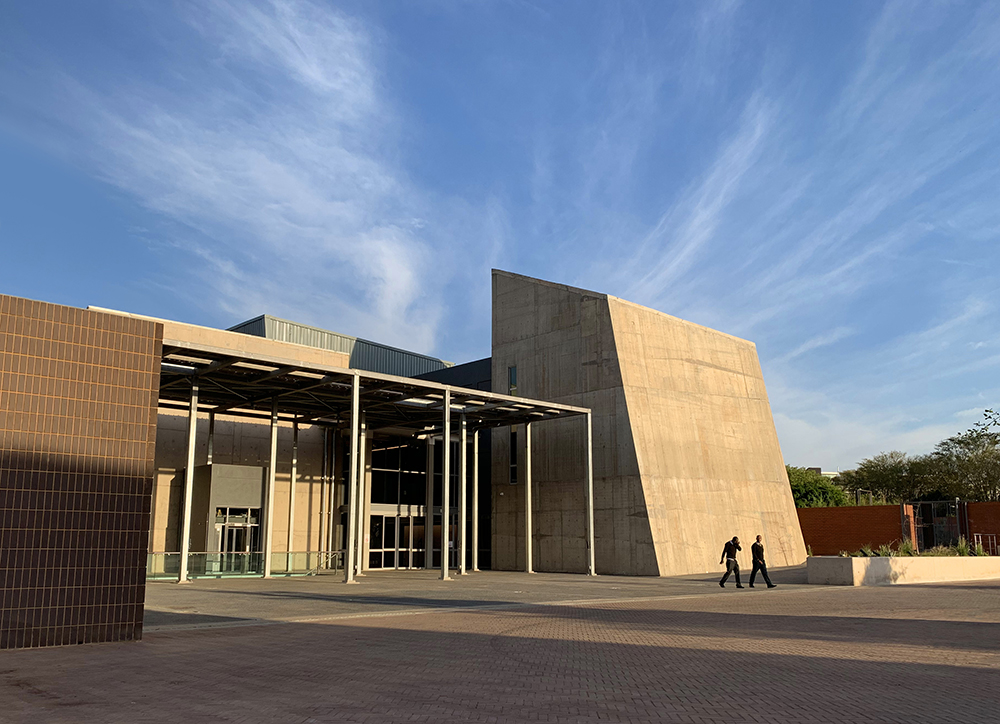
Javett UP is a synthesis of two basic forms (a bridge and mountain) and three materials (off-shutter concrete, brick and steel). The faceted concrete mound at the entrance is loosely modelled on Mapungubwe, a hill inhabited by a pre-colonial trading civilisation in northern South Africa. This vault-like structure houses both the Mapungubwe Gold Collection and Barbier-Mueller Collection, a sublime assembly of West African gold pieces.
The public displays are spread across three floors, with additional mezzanine areas easing the hike up seven metres of stairs to the enclosed Bridge Gallery. Interior balconies serve as orientation devices and a large window on the museum’s southern facade overlooks a boys’ school where pioneering artist Walter Battiss once taught. The patterned concrete screens on the western façade are climate-responsive additions intended to absorb afternoon heat. Their randomised patterns are an abstraction of three forms (circle, diamond and cross) used on a popular indigo-dyed cloth known as Shweshwe.
Mathews says his design honours the ‘spirit and honesty of brutalist construction methods,' and also prefers to link its form to a nonpartisan tradition of brutalist architecture in South Africa. His next project is an architectural pavilion for the inaugural Stellenbosch Triennale, which opens in February 2020.
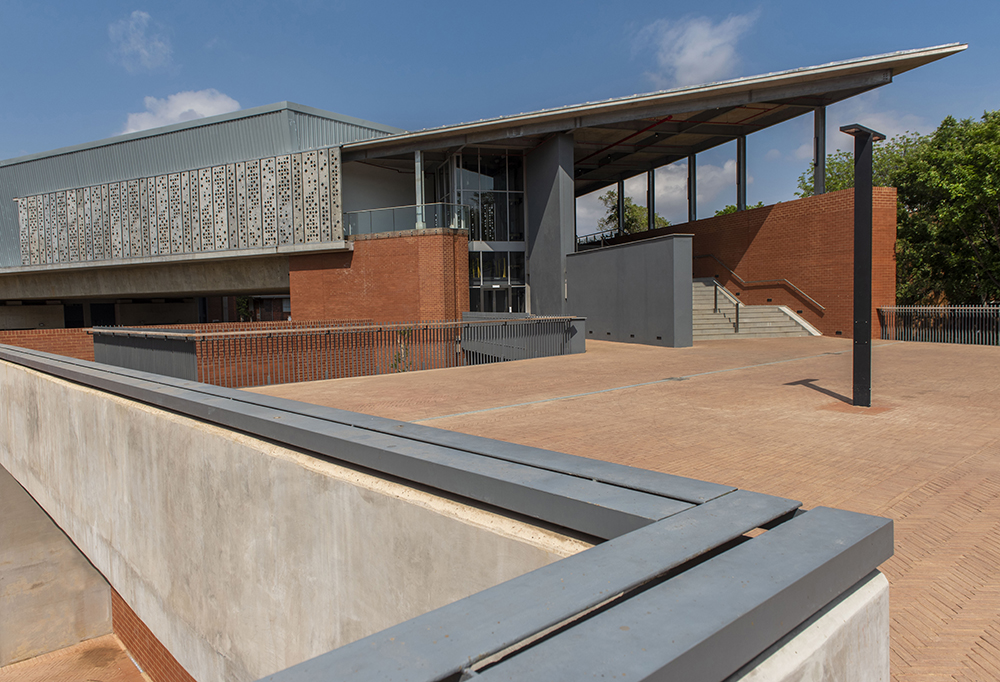
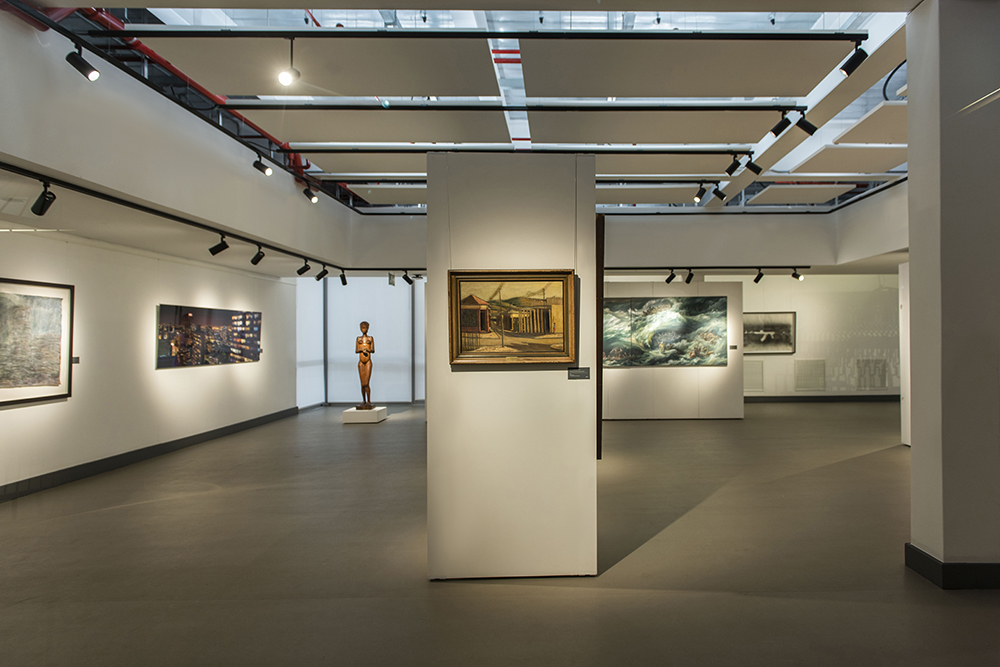
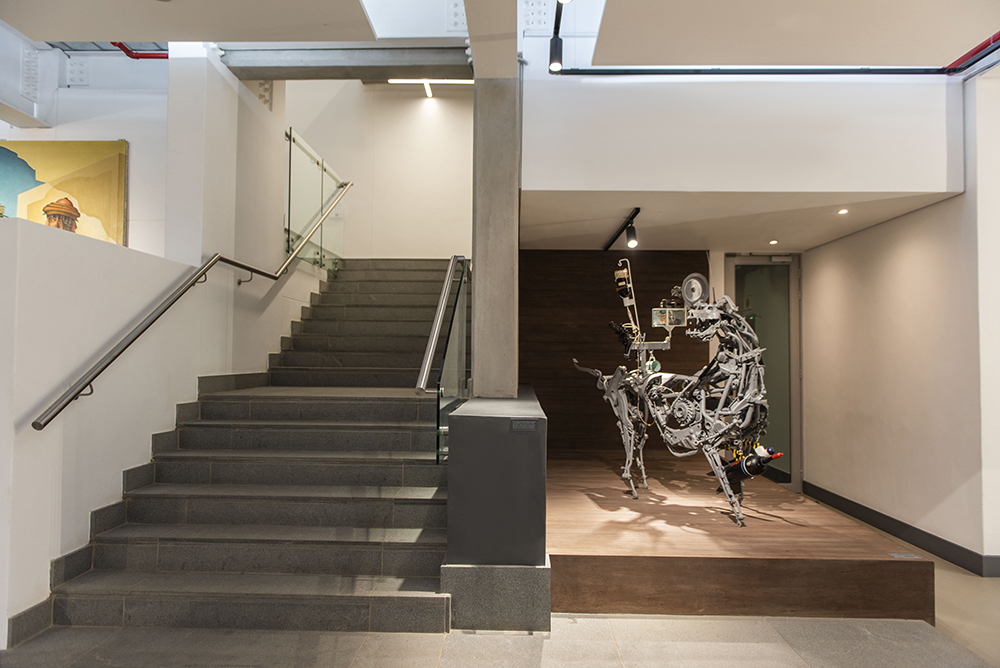
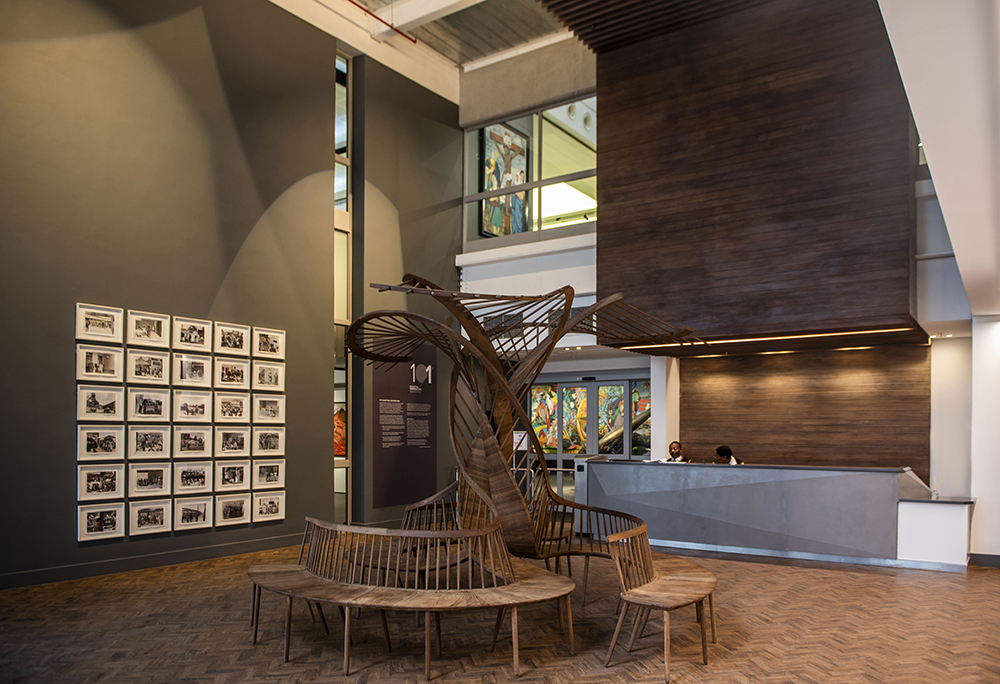
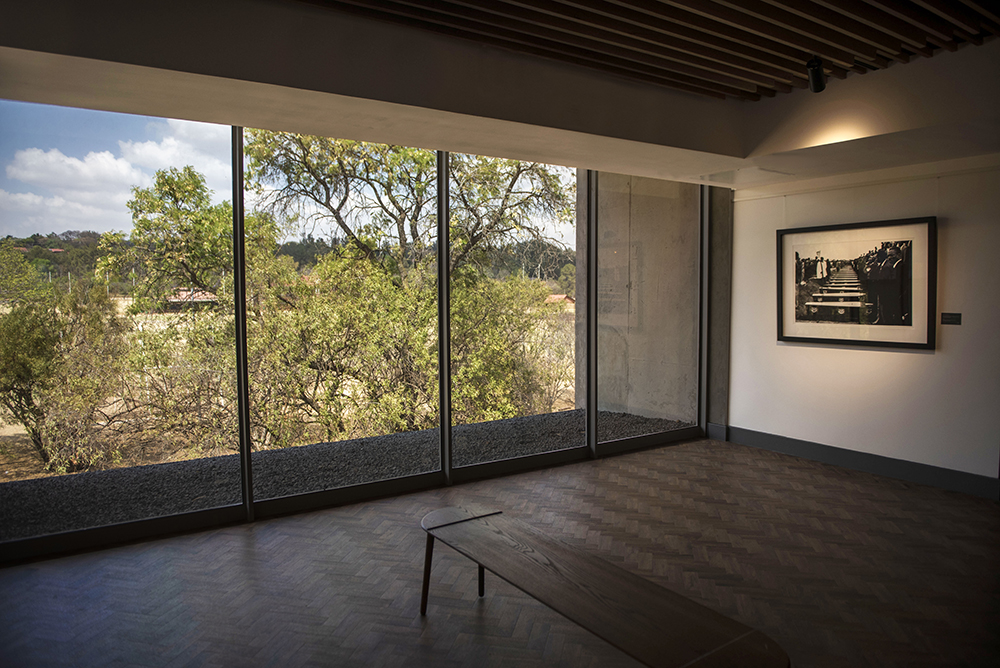
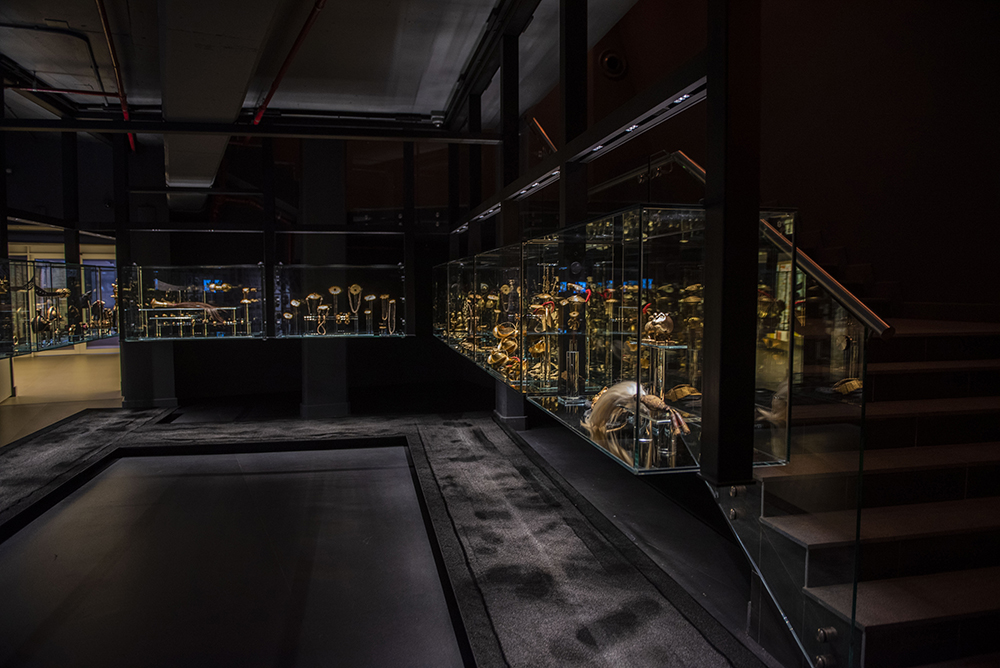
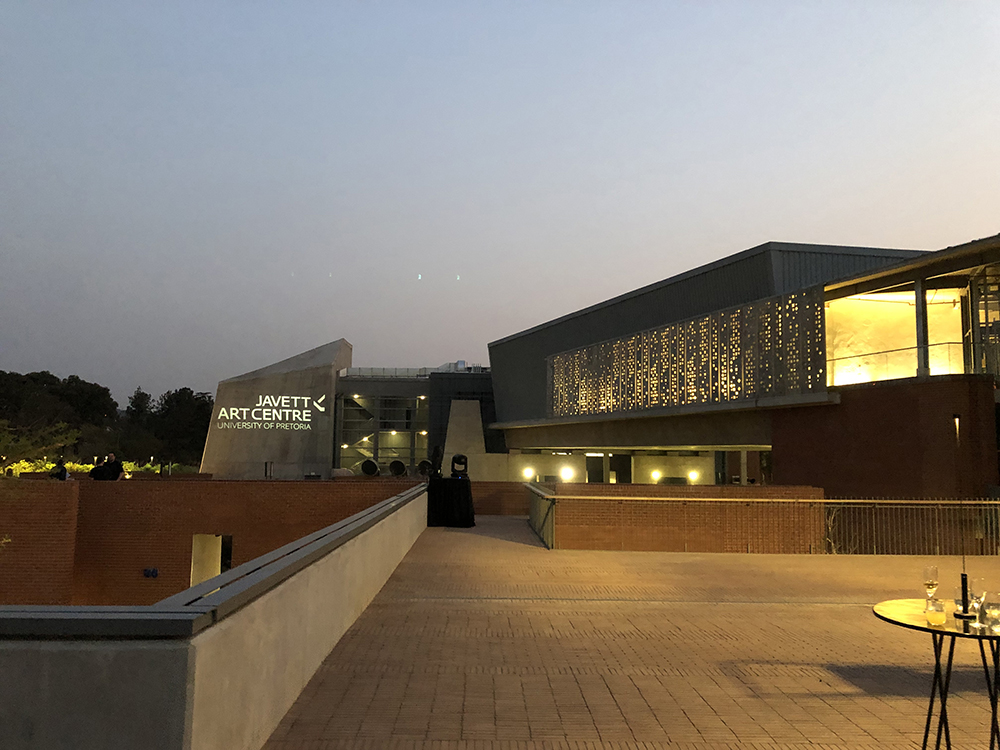
INFORMATION
Receive our daily digest of inspiration, escapism and design stories from around the world direct to your inbox.
Sean O’Toole is writer, editor and curator based in Cape Town. He has published two books, most recently a 2021 monograph on the expressionist painter Irma Stern, as well as edited three volumes of cultural essays, including 'The Journey: New Positions on African Photography', which received a New York Times critics’ pick for Best Art Books 2021. His exhibition projects include 'Photo book! Photo-book! Photobook!' at A4 Arts Foundation, Cape Town.
-
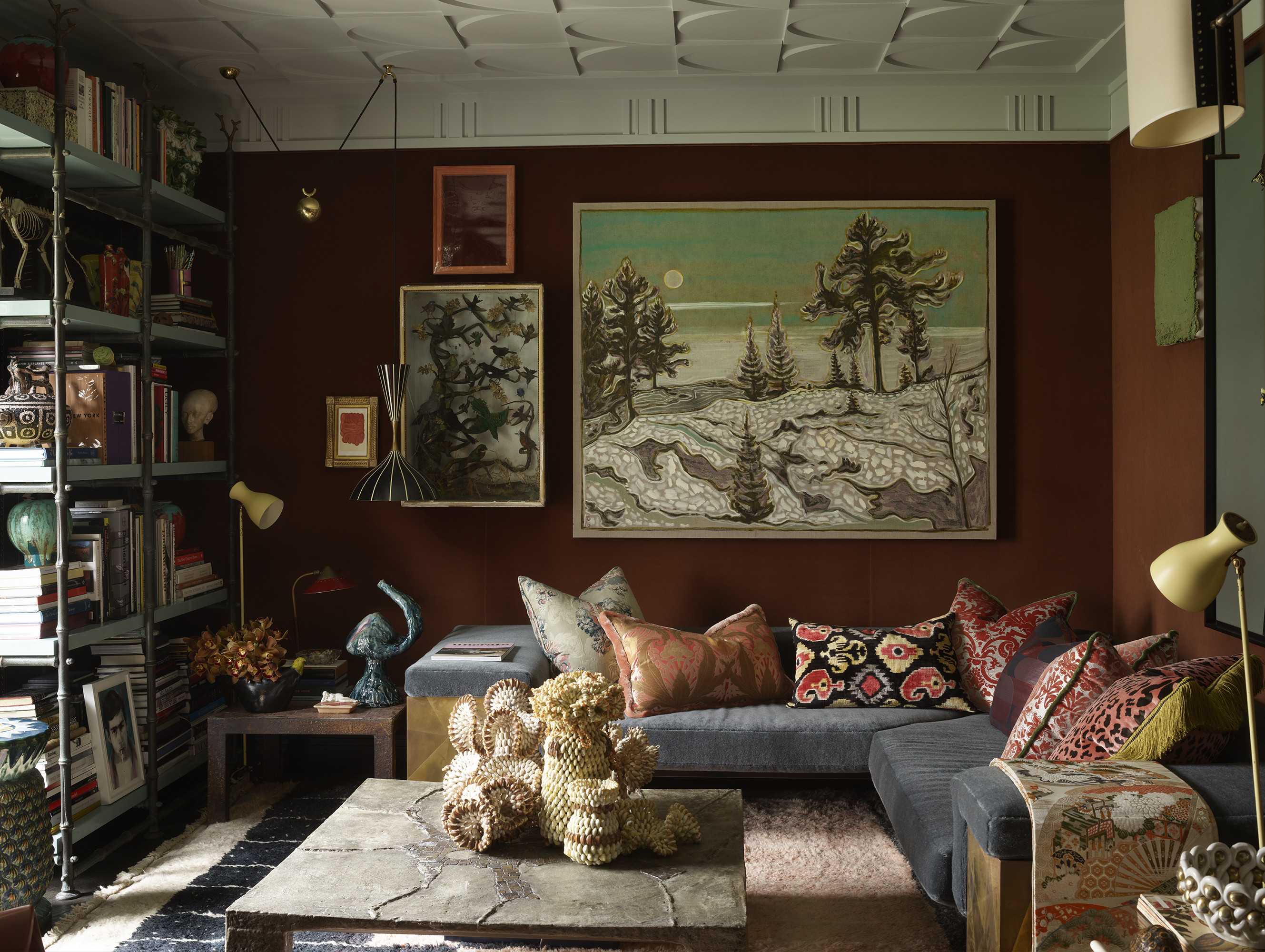 This designer’s Shoreditch apartment is ‘part grotto, part cabinet of curiosities’
This designer’s Shoreditch apartment is ‘part grotto, part cabinet of curiosities’The apartment serves as Hubert Zandberg’s ‘home away from home’, as well as a creative laboratory for his design practice. The result is a layered, eclectic interior infused with his personality
-
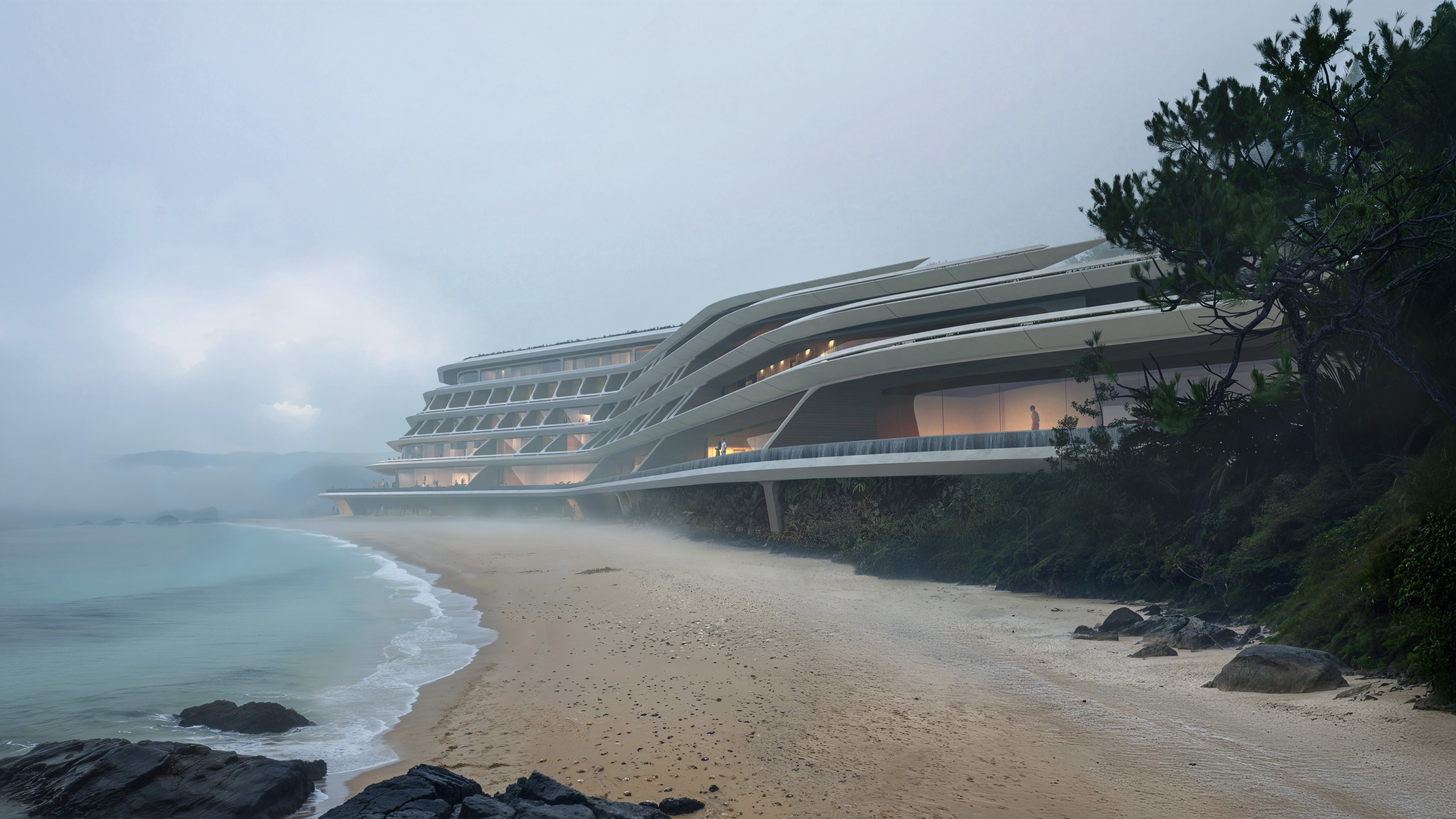 Curvilinear futurism meets subtropical beaches at Not A Hotel’s ZHA-designed Okinawa retreat
Curvilinear futurism meets subtropical beaches at Not A Hotel’s ZHA-designed Okinawa retreatZaha Hadid Architects has revealed the design for the first property in Not A Hotel’s futuristic new Vertex collection, coming soon to southern Japan
-
 Gorden Wagener leaves the helm of Mercedes-Benz design after 28 years with the company
Gorden Wagener leaves the helm of Mercedes-Benz design after 28 years with the companyThe German designer is stepping down from the role of chief design officer at Mercedes-Benz. We look back at his influence and impact on the world of automotive and luxury design
-
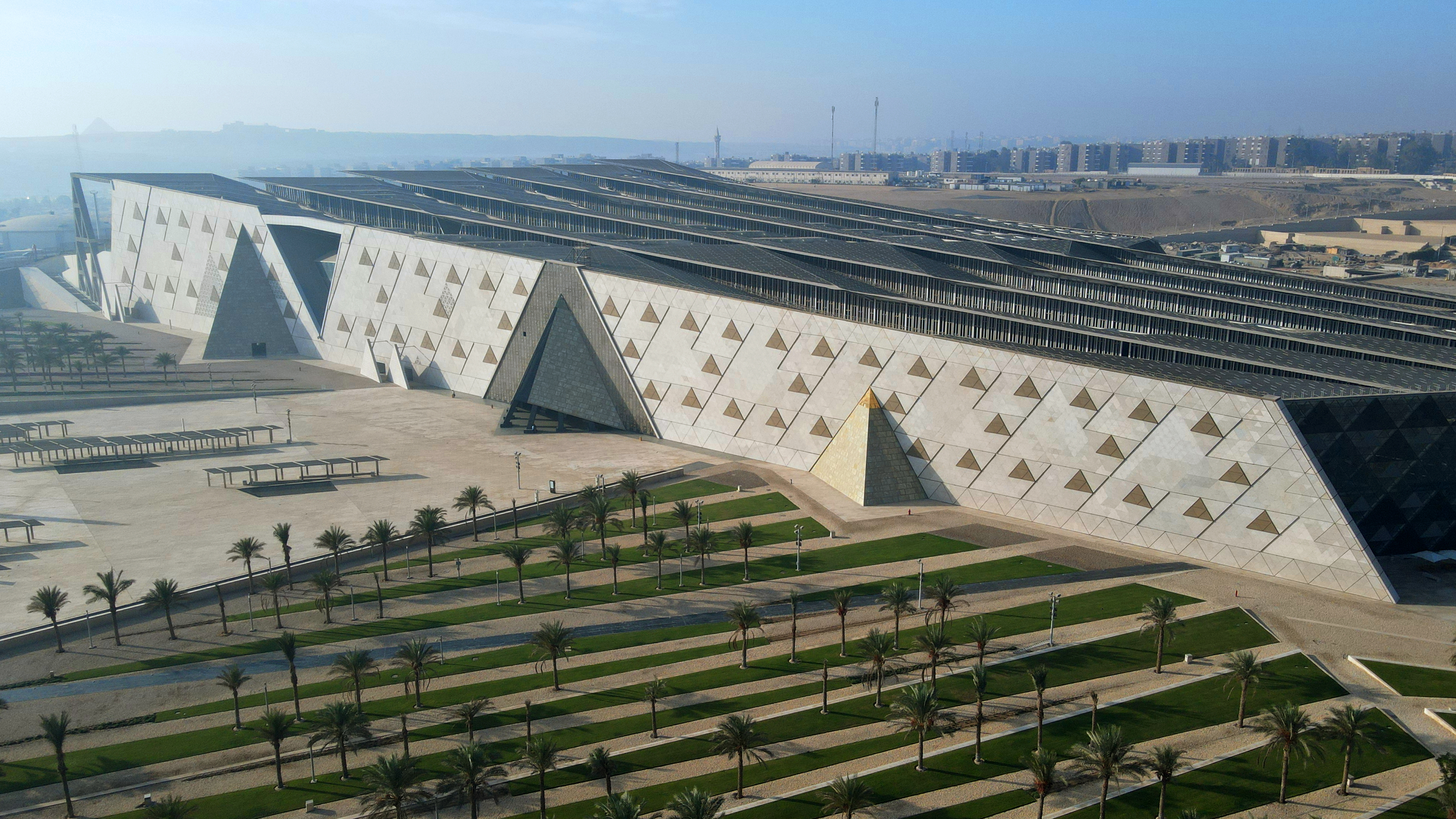 The Grand Egyptian Museum – a monumental tribute to one of humanity’s most captivating civilisations – is now complete
The Grand Egyptian Museum – a monumental tribute to one of humanity’s most captivating civilisations – is now completeDesigned by Heneghan Peng Architects, the museum stands as an architectural link between past and present on the timeless sands of Giza
-
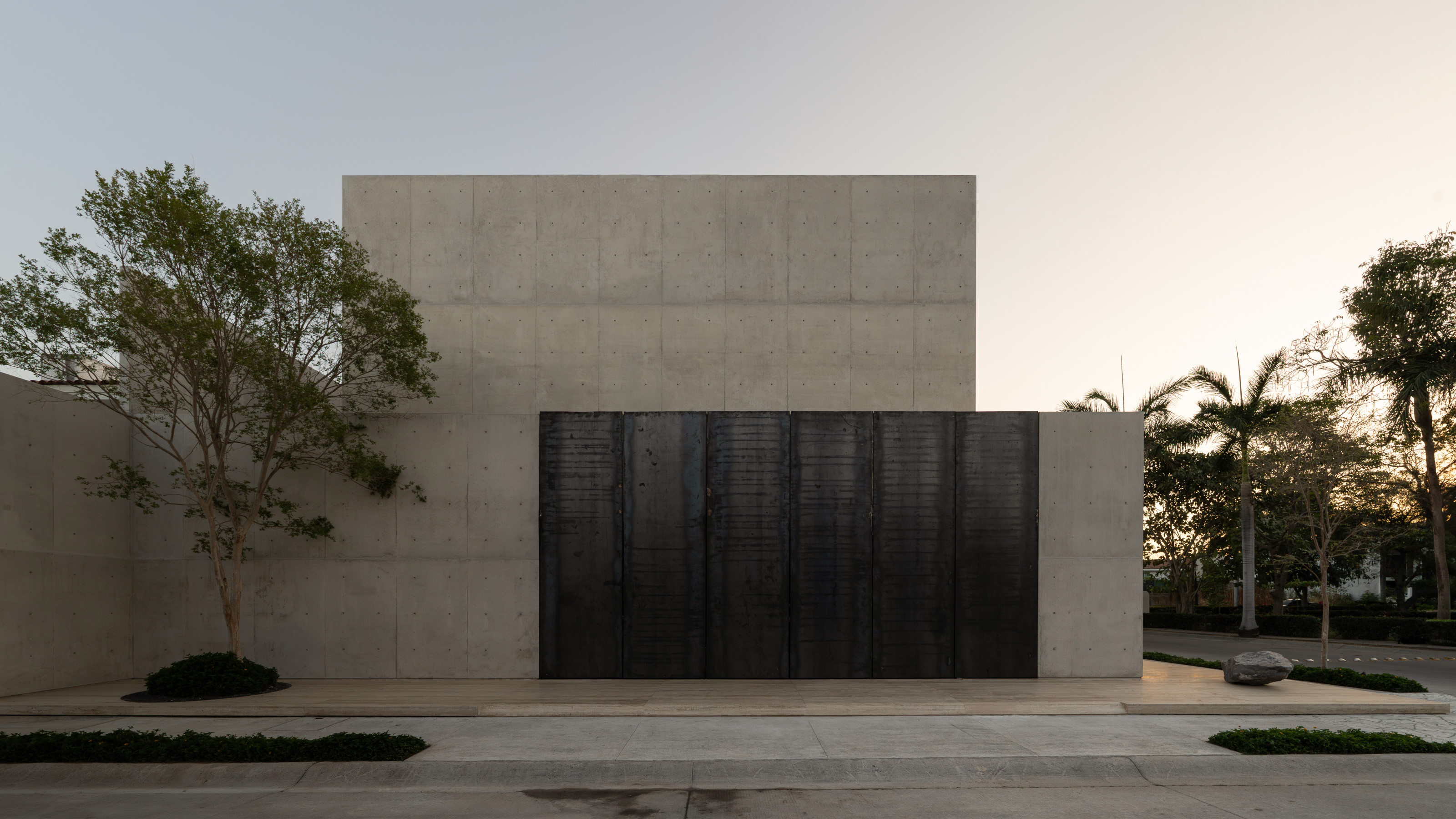 A beautifully crafted concrete family house in a Mexican suburb is a contemplative oasis
A beautifully crafted concrete family house in a Mexican suburb is a contemplative oasisHW Studio have shaped a private house from raw concrete, eschewing Brutalist forms in favour of soft light, enclosed spaces and delicate geometries
-
 Meet Rural Futurisms, 'agents for catalytic change' in South Africa's landscape design field
Meet Rural Futurisms, 'agents for catalytic change' in South Africa's landscape design fieldLed by Lesego Bantsheng, the collective is challenging conventional ideas of landscape by reimagining how rural communities connect with heritage, ecology and design
-
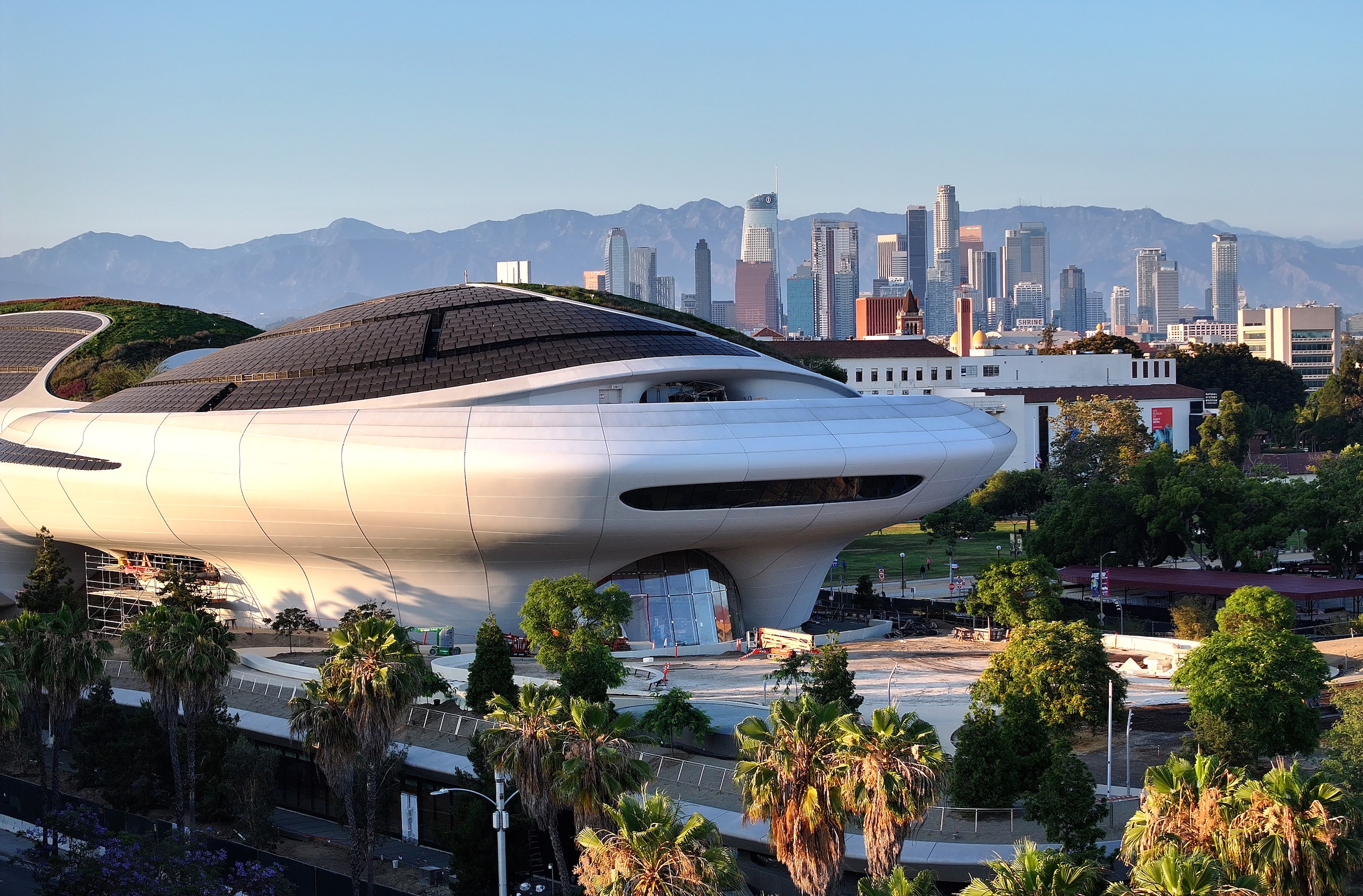 George Lucas’ otherworldly Los Angeles museum is almost finished. Here’s a sneak peek
George Lucas’ otherworldly Los Angeles museum is almost finished. Here’s a sneak peekArchitect Ma Yansong walks us through the design of the $1 billion Lucas Museum of Narrative Art, set to open early next year
-
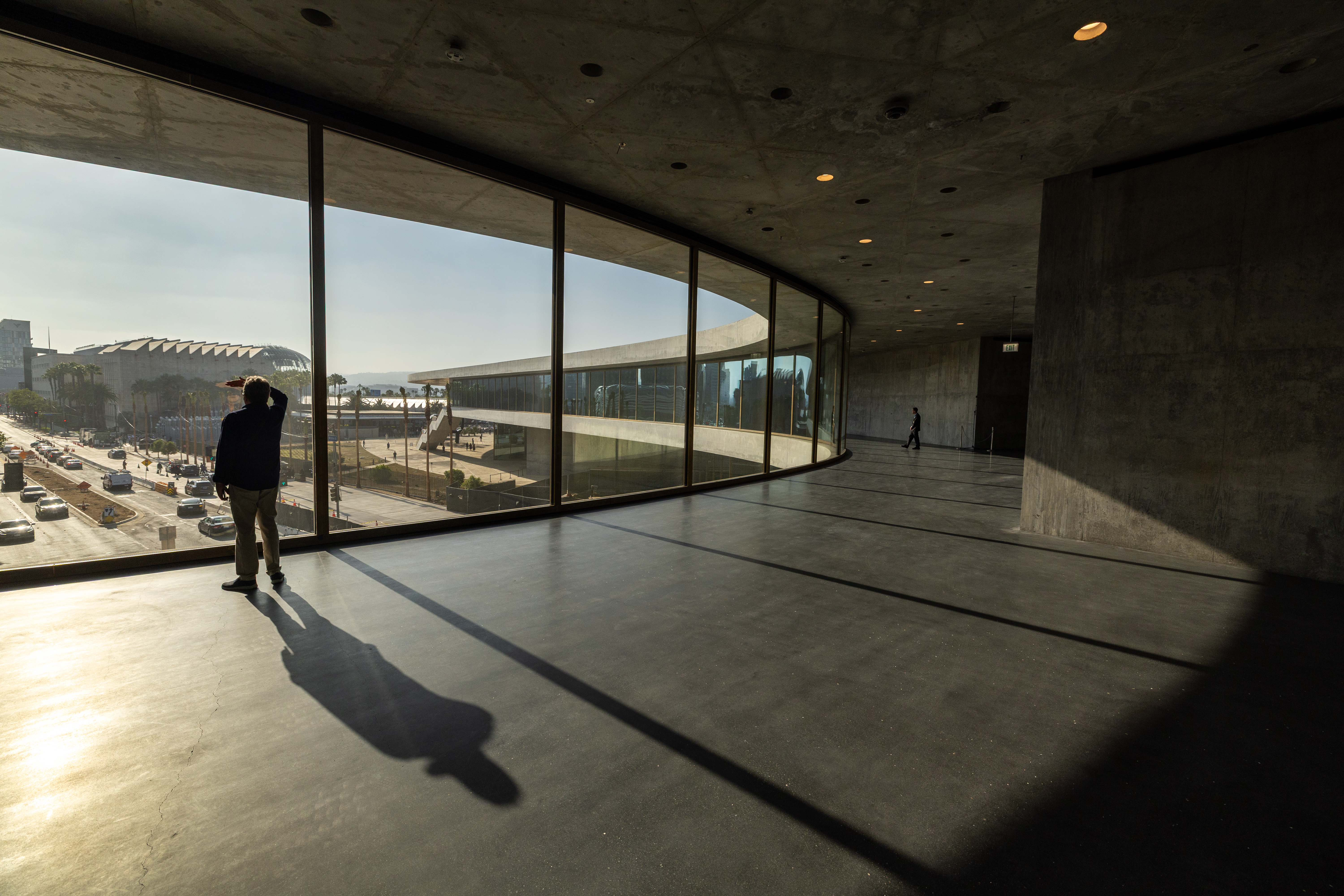 The great American museum boom
The great American museum boomNine of the world’s top ten most expensive, recently announced cultural projects are in the US. What is driving this investment, and is this statistic sustainable?
-
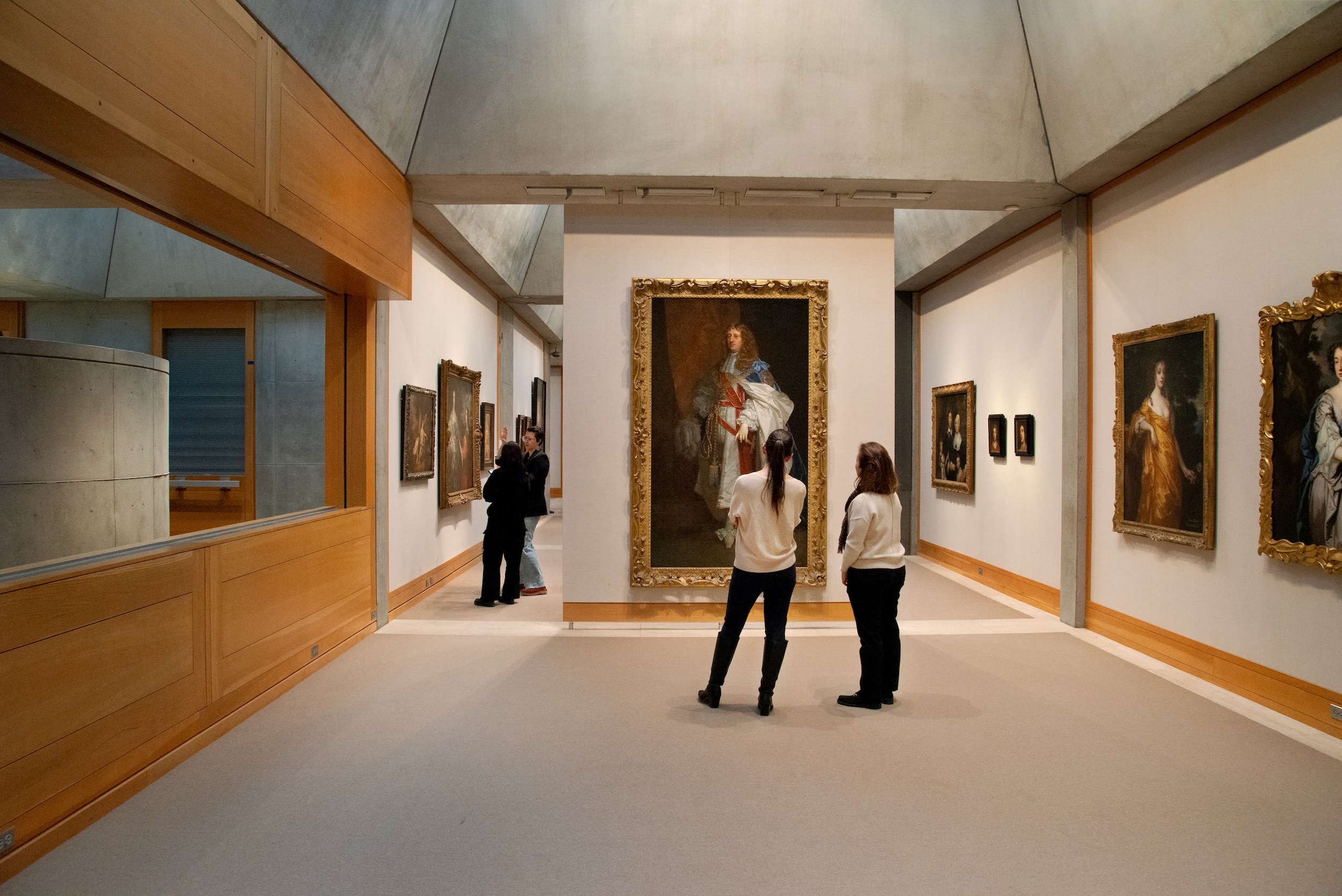 The Yale Center for British Art, Louis Kahn’s final project, glows anew after a two-year closure
The Yale Center for British Art, Louis Kahn’s final project, glows anew after a two-year closureAfter years of restoration, a modernist jewel and a treasure trove of British artwork can be seen in a whole new light
-
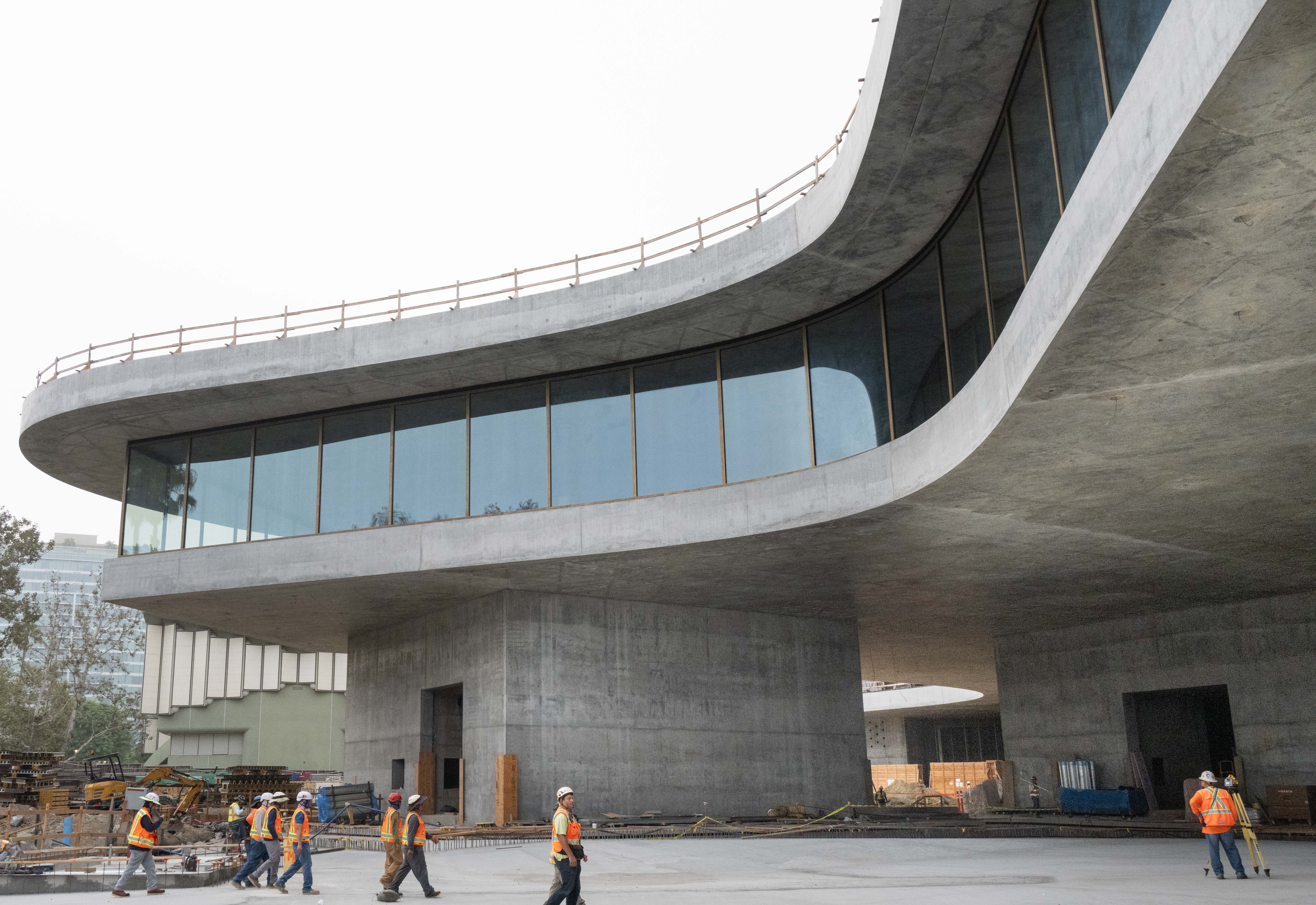 You’ll soon be able to get a sneak peek inside Peter Zumthor’s LACMA expansion
You’ll soon be able to get a sneak peek inside Peter Zumthor’s LACMA expansionBut you’ll still have to wait another year for the grand opening
-
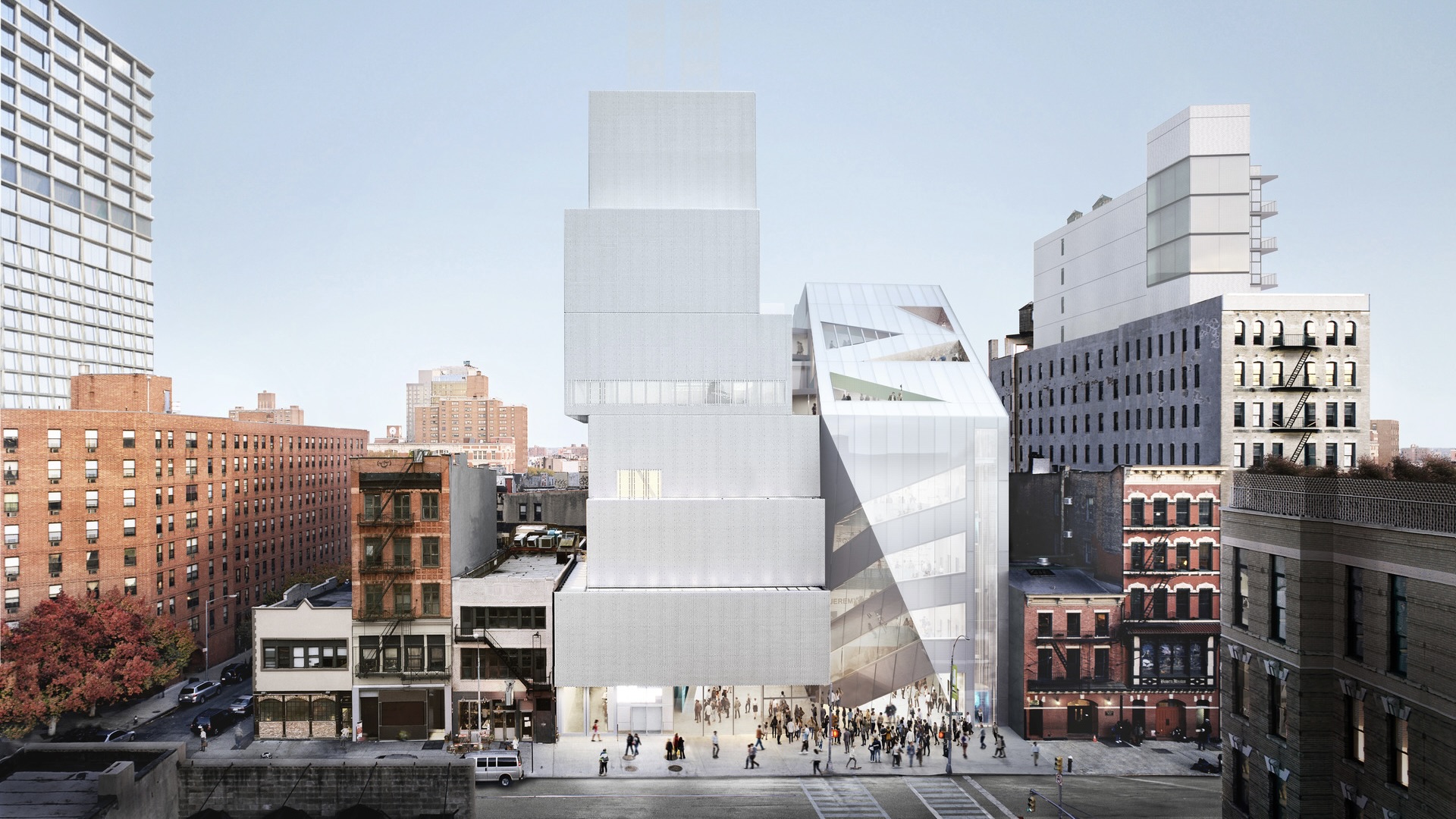 NYC's The New Museum announces an OMA-designed extension
NYC's The New Museum announces an OMA-designed extensionOMA partners including Rem Koolhas and Shohei Shigematsu are designing a new building for Manhattan's only dedicated contemporary art museum